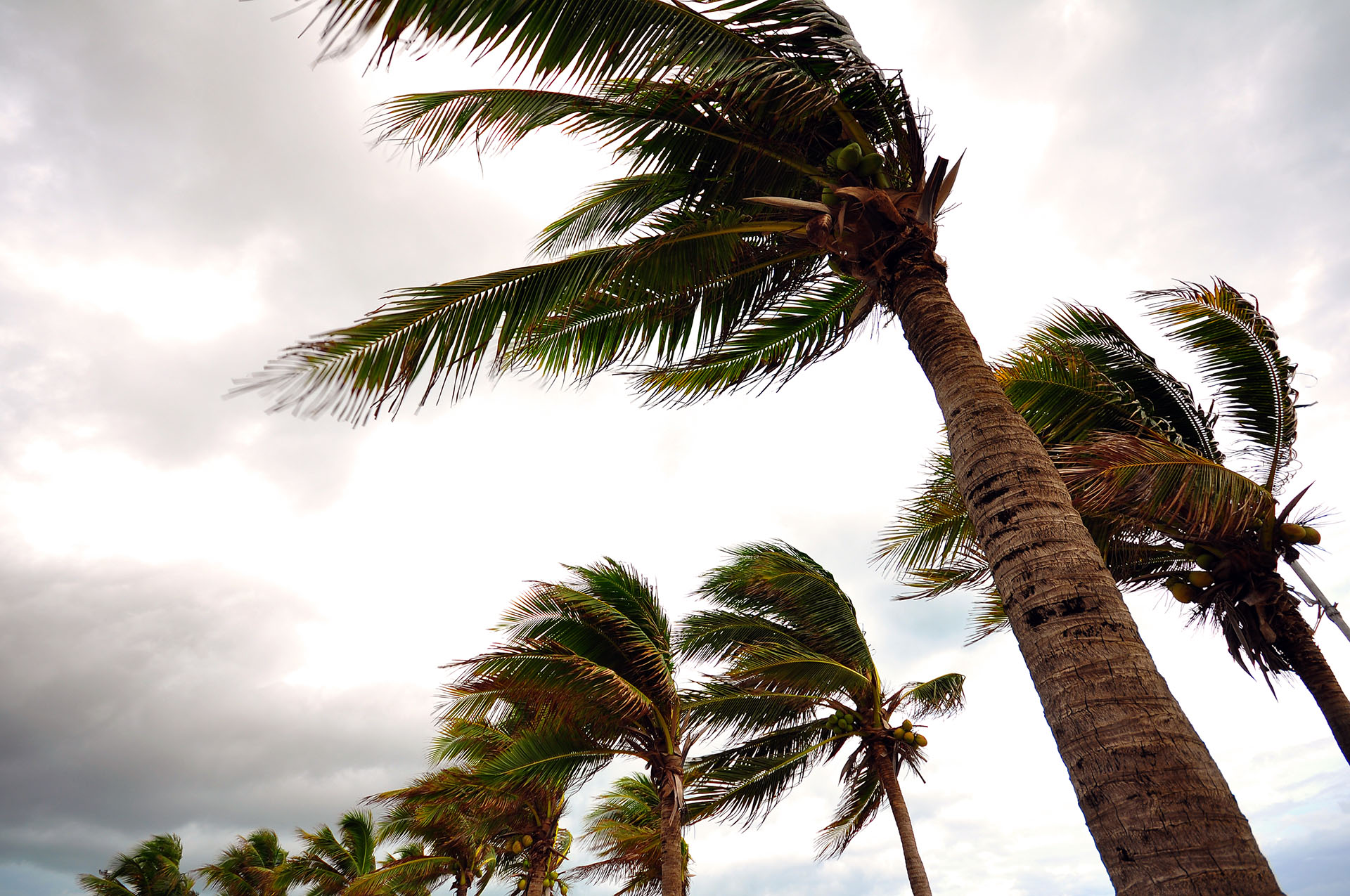When it comes to manufactured homes you may have heard many myths regarding their safety, quality, and durability in the face of severe weather. Manufactured homes are structurally sound and must adhere to specific safety standards that make them just as safe as site-built homes when severe weather strikes. This is because each manufactured home is built according to the wind zone in which they’re placed.
Knowing your manufactured home’s wind zone and what it means is key to staying safe. Here’s everything you need to know.
What Is a Wind Zone and Why Does It Matter?
Established by the U.S. Department of Housing and Urban Development (HUD), wind zone ratings specify the wind speeds and pressure that your manufactured home can endure. The typical and potential wind pressure in an area determines your manufactured home’s wind zone — the higher it is, the higher the wind zone rating.
The HUD Code requires a manufactured home’s exterior to be constructed to withstand the maximum wind speeds and pressure in their wind zone to ensure sufficient safety. Wind zones vary by region. For example, different parts of Florida are categorized as Wind Zone II and Wind Zone III, so manufactured homes in Florida must be built according to these ratings. These ratings tell manufacturers how to construct each home and how to anchor it to the foundation or ground properly.
Homes built with a higher wind zone rating can be placed in a lower wind zone location, however, homes with a lower rating cannot be placed in a higher wind zone location. For example, a home with a Wind Zone II rating can be placed in a Wind Zone I location, however a home with a Wind Zone I rating cannot be placed in a Wind Zone II location
How Do You Find Out What Wind Zone Your Manufactured Home Is Built For?
If your manufactured home is HUD-certified, it should have a HUD label, which includes both a tag and data plate. Manufactured homes in Florida are required to be built in compliance with federal building codes established by the HUD to ensure their safety, durability, and quality. The data plate is a paper label that’s the size of a standard piece of paper that specifies your home’s Wind Zone, Roof Load, and other useful information. You can typically find your home’s data plate in a bedroom closet, kitchen cabinet, or on/around your home’s electrical panel.
- Wind Zone I: Requires homes to be built to withstand sustained winds up to 70 mph.
- Wind Zone II: Requires homes to be built to withstand sustained winds up to 100 mph.
- Wind Zone III: Requires homes to be built to withstand sustained winds up to 110 mph.
- Wind Zone III is the highest rating and can protect your home from winds caused by a category two hurricane.
While your manufactured home may be able to withstand certain wind speeds, it’s important to note that there are still some safety risks.
What Winds Are Considered Dangerous for Manufactured Homes?
Your wind zone rating provides a good way to know what wind speeds your home can withstand. Knowing your wind zone will enable you to make educated decisions on how to best protect your home and your family from severe weather. While your manufactured home is built to withstand certain wind speeds, if there is weather forecasted to have wind speeds above your wind zone rating such as a hurricane, tornado, windstorm, or another storm that contains high, sustained winds, we strongly suggest that you take the appropriate steps to prepare and evacuate your home.
Before a storm hits, you will want to properly prepare your manufactured home. Take photos of your home and personal belongings before the storm hits to keep a record in case you need to file an insurance claim. Clear your property of loose debris and check the security of your home’s structures. You may want to protect your windows by covering them with plywood or shutters. Pay attention to state and local evacuation ordinances and make sure you have a hurricane preparedness plan and evacuation plan in place to guarantee both the safety of your home and your family.
After a storm has passed, you will want to inspect your home and make sure everything is intact. If your home or personal property is damaged, be sure to report these losses to your insurance provider.
Choose Safe, Durable Manufactured Homes by Jacobsen Homes
Jacobsen Homes has been providing high-quality manufactured homes to families throughout Florida for decades. As a HUD-certified manufactured home builder, we construct our homes to ensure they can withstand severe weather conditions and provide the best quality and comfort to homeowners.
In addition to their durability, our manufactured home floor plans and features are highly customizable. You can work with our design team to create a manufactured home of any size and layout, upgrade it with luxury features, and place it in the location you choose.
Contact us today to build your safe haven.

